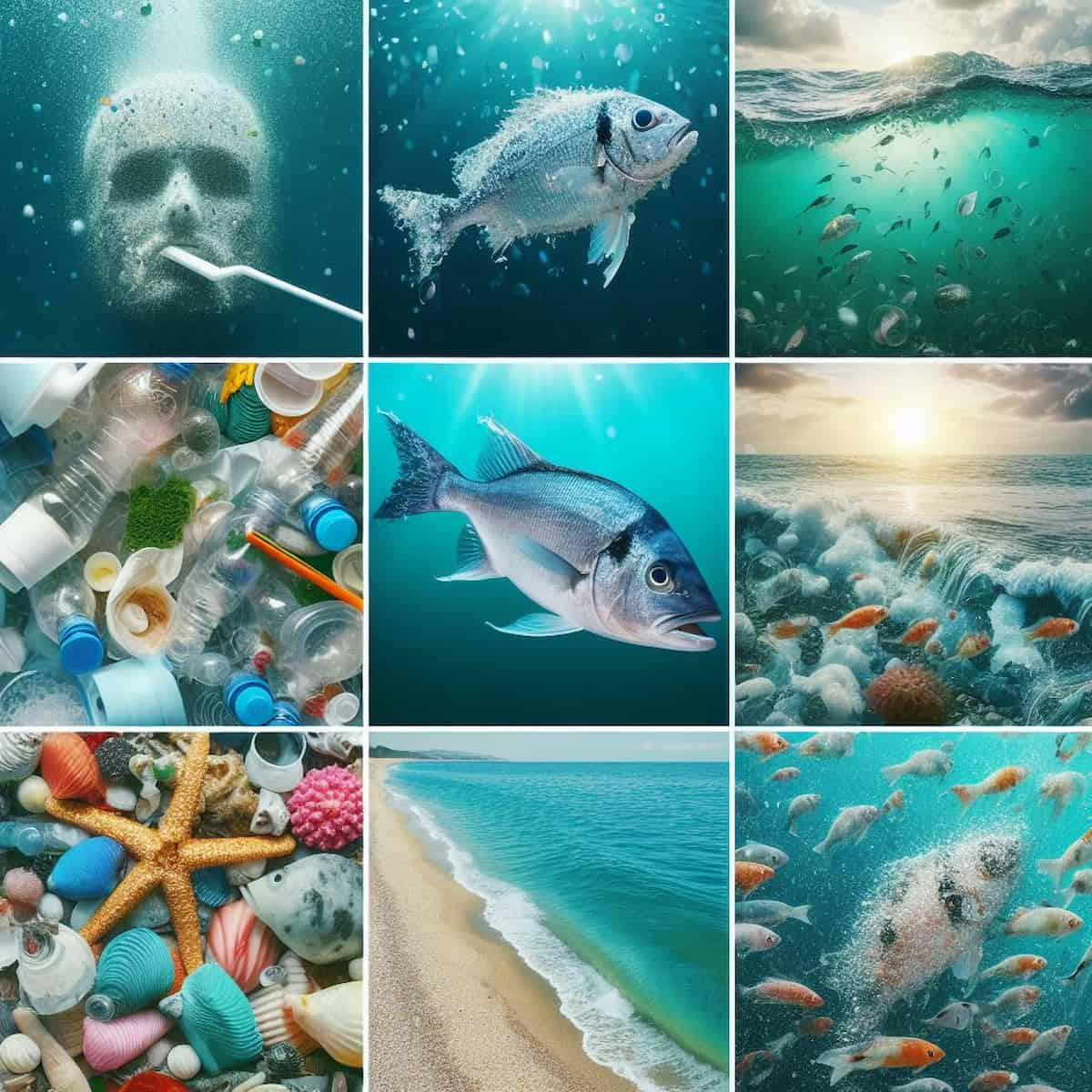Microplastics, those microscopic infiltrators, have stealthily found their way into one of life’s most essential resources: drinking water. Let’s delve into the depths of microplastics in drinking water to uncover the extent of this contamination and explore its potential implications for human health.
Key Takeaways:
- Microplastics, defined as plastic particles less than 5 millimeters in size, have been detected in drinking water sources worldwide, including tap water, bottled water, and even groundwater.
- Sources of microplastics in drinking water include surface runoff, wastewater effluent, atmospheric deposition, and plastic debris breakdown.
- While the health risks associated with microplastics in drinking water remain a topic of ongoing research, concerns persist regarding potential ingestion and exposure to associated chemicals.
Understanding Microplastics in Drinking Water:
- Ubiquitous Presence:
- Microplastics pervade aquatic environments, from rivers and lakes to coastal waters and oceans, where they can infiltrate drinking water sources through various pathways.
- Despite their diminutive size, microplastics have been detected in drinking water samples from around the globe, raising concerns about human exposure to these contaminants.
- Diverse Sources:
- Microplastics in drinking water originate from a myriad of sources, including surface runoff carrying plastic debris, wastewater effluent containing microplastic fibers, and atmospheric deposition depositing airborne particles.
- Plastic breakdown in the environment, including fragmentation of larger plastic items and degradation of microbeads in personal care products, further contributes to microplastic contamination of drinking water sources.
Potential Health Implications:
While the health risks of microplastics in drinking water are still being elucidated, several concerns have been raised:
- Ingestion and Accumulation:
- Humans may inadvertently ingest microplastics present in drinking water, particularly in tap water and bottled water, leading to potential accumulation in the gastrointestinal tract.
- The ability of microplastics to adsorb and concentrate toxic chemicals from the environment raises concerns about the transfer of these contaminants to humans upon ingestion.
- Health Effects:
- The health effects of long-term exposure to microplastics in drinking water are not yet fully understood, but potential risks include inflammation, oxidative stress, and adverse impacts on gut microbiota.
- Microplastics may also act as vectors for pathogenic microorganisms, further complicating the potential health implications of drinking water contamination.
Mitigation Strategies:
Addressing microplastics in drinking water requires proactive measures to minimize contamination and mitigate associated risks:
- Source Reduction: Implementing measures to reduce plastic pollution at its source, including promoting plastic-free alternatives and enhancing waste management practices.
- Water Treatment: Enhancing water treatment processes to effectively remove microplastics from drinking water, including advanced filtration and sedimentation techniques.
- Monitoring and Regulation: Implementing regular monitoring programs to assess microplastic levels in drinking water sources and establishing regulatory standards to limit permissible levels of contamination.
Conclusion:
Microplastics in drinking water represent a hidden contaminant with potential implications for human health. While the full extent of these risks remains subject to ongoing research, proactive measures to minimize contamination and mitigate associated health concerns are essential to safeguarding the quality and safety of our drinking water.
Stay informed: How can we collectively address the issue of microplastics in drinking water and ensure the safety of this vital resource? Share your thoughts and actions below to contribute to the conversation!













